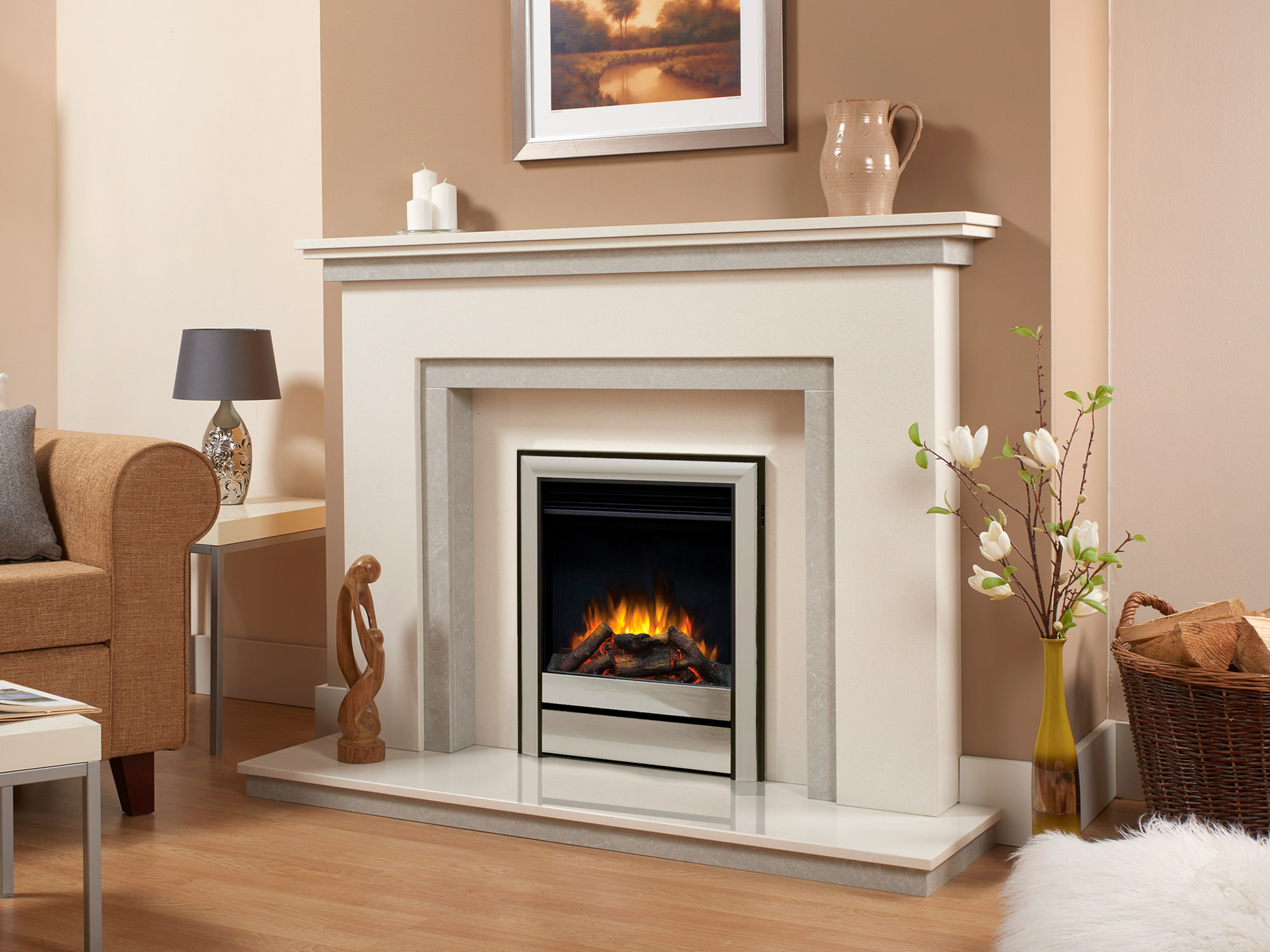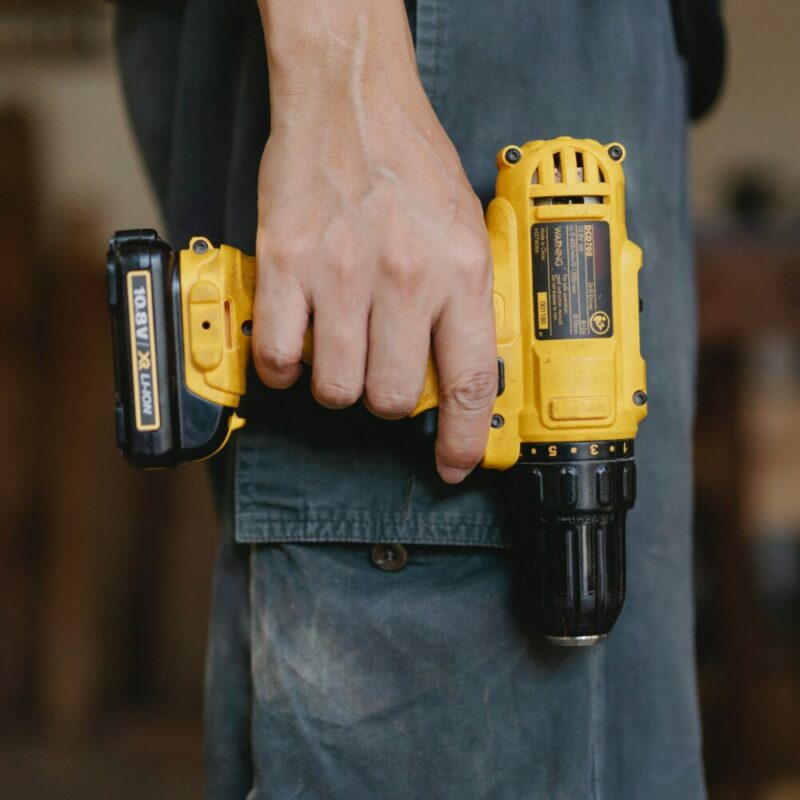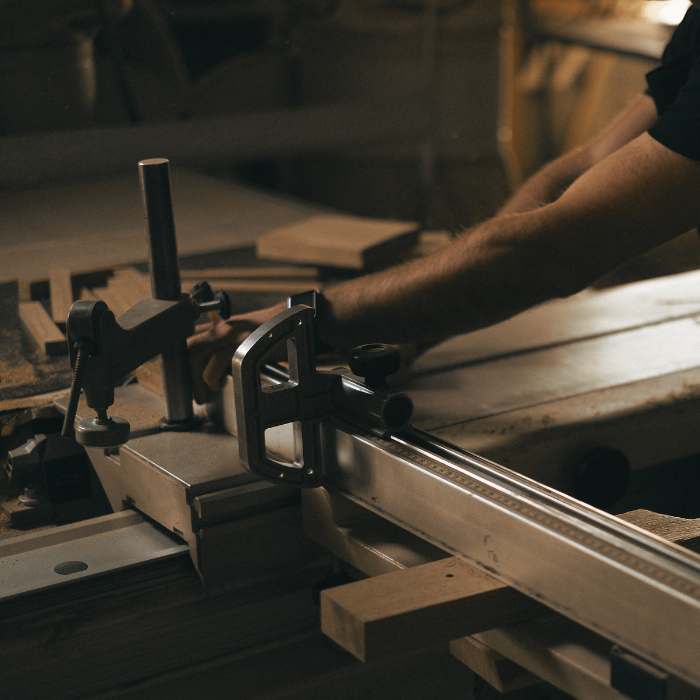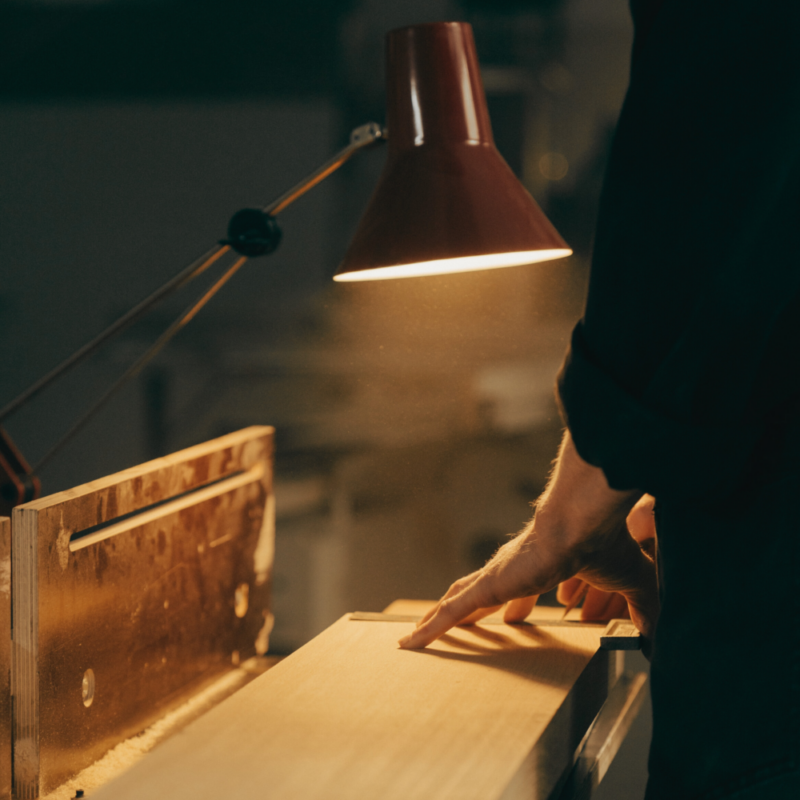Wood-burning stoves: Primary, secondary and tertiary air supplies
Over the last few years we have seen a significant tightening of regulations regarding wood-burning stoves. Unfortunately, for what many believe to be purely political reasons it looks as though these regulations will tighten yet further in the medium to long term. As a consequence, squeezing the last element of heat from a wood-burning stove is vital especially when it comes to DEFRA approval and use in smoke control areas.
Thankfully, recent developments in technology have significantly enhanced efficiency ratings with many wood-burning stoves now boasting ratings in excess of 80%. In effect this means that only 20% of source fuel energy is lost in the conversion process. When you bear in mind that a traditional coal fire has an efficiency rating of between 20% and 30% this puts everything into perspective.
Primary air supply
When you first light your stove it can take some time to bring it up to optimal temperatures for maximum efficiency. The primary air supply enters the stove through the ash pan thereby feeding the combustion chamber of your stove from the bottom upwards – the warming air rising to help heat the chamber. In stoves which have no ash pan or grate you will notice that very often the door of the stove will remain open until the fire has “caught hold”.
Secondary air supply
The preheated secondary air supply in a modern day wood-burning stove enhances efficiency on two separate fronts. Entering the body of the stove around the top of the door this air supply is central to the air wash system which ensures that the glass door remains clear at all times. The preheated air is also used to further improve efficiencies during the combustion process by igniting gases and particles created during the primary process.
Tertiary air supply
The tertiary air supply is again preheated and enters the body of your stove through air bars towards the rear of the machine. This supply of preheated air enhances the secondary gas burn off process and also leads to the injection of more oxygen/air into the central combustion chamber. This sudden injection of preheated air reignites the materials within the combustion chamber leading to a greater burn off and greater efficiency.
DEFRA approval
DEFRA approval is central to any stove which is made available for use in smoke control areas. Those stoves with primary, secondary and tertiary air supplies are often referred to as “clean burn” systems. While the vast majority of clean burn stoves are DEFRA approved it is worth noting that due to the cost implications for manufacturers looking to gain approval, not all clean burn stoves will be DEFRA approved from day one.
When looking in from the outside, it does seem a little strange that stove manufacturers would invest significant amounts of money in clean burn systems while not immediately pursuing DEFRA approval. However, from a purely business and financial point of view it makes sense to see whether the stove itself is going to prove popular and warrant further potentially heavy investment in gaining the DEFRA stamp.
Conclusion
Central to the efficiency of a modern day wood-burning stove is the primary, secondary and tertiary air supply systems. The ability to burn, re-burn and reignite gases and particles from the primary combustion process not only ensures greater efficiency when converting fuel to heat but also leads to significantly reduced emissions. As we move forward, greater emphasis will be placed upon the ability to reduce emissions which places the modern day clean burn system in a very strong position.
This article was written by Mark Benson who works for www.bowlandstoves.co.uk. The company offers an array of wood burning and multi-fuel stoves together with spares and accessories.











